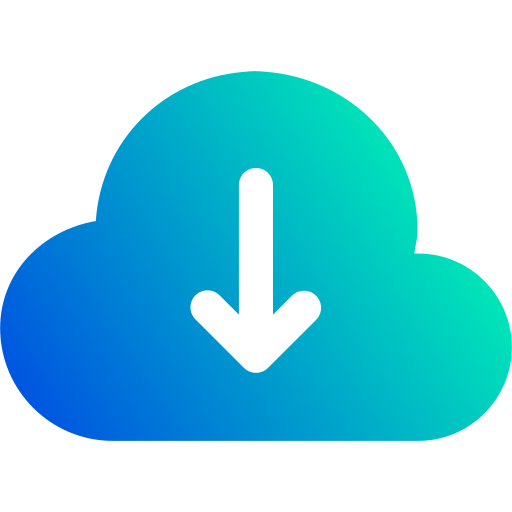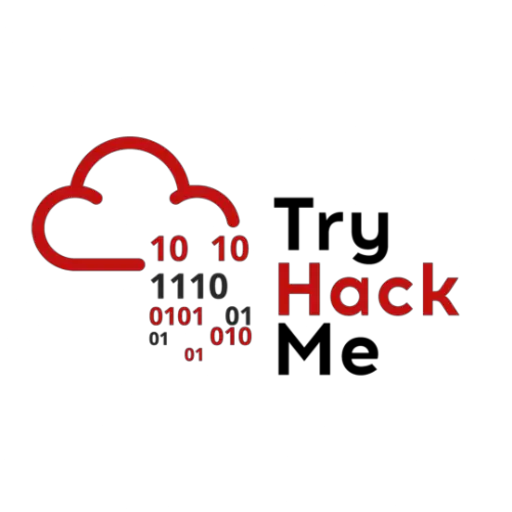
This course is designed to teach the skills required to find and exploit vulnerabilities in real world iOS applications. The training includes exploits and vulnerabilities discovered on several penetration tests or in bug bounty programs. The target mobile apps used in this training are a state of art training apps.
Syllabus
Introduction to the Course
Training Presentation
Revisiting iOS Application Security – v.2023







